Understanding Varicose Veins and the Role of Ayurveda in Management
Understanding Varicose Veins and the Role of Ayurveda in Management are a common condition characterized by enlarged, swollen veins, typically appearing in the legs and feet. They occur when the valves in the veins become weak or damaged, leading to poor blood circulation and increased pressure in the veins. While varicose veins are often considered a cosmetic concern, they can also lead to discomfort, pain, and serious complications if left untreated. In this blog, we will explore the causes and symptoms of varicose veins, and delve into how Ayurveda, the ancient system of medicine from India, offers effective management strategies.
What Causes Varicose Veins?

Several factors contribute to the development of varicose veins:
- Genetics: A family history of varicose veins increases the likelihood of developing them.
- Age: As people age, veins lose elasticity, making them more prone to enlargement.
- Hormonal Changes: Hormonal fluctuations during pregnancy, menstruation, or menopause can affect vein health.
- Prolonged Standing or Sitting: Occupations that require long periods of standing or sitting can increase pressure in the leg veins.
- Obesity: Excess weight puts additional pressure on veins, exacerbating the condition.
Symptoms of Varicose Veins
The symptoms of varicose veins can vary from person to person but commonly include:
- Swelling in the legs and ankles
- Aching or heavy feeling in the legs
- Discoloration of the skin near the affected veins
- Itching around the veins
- Development of spider veins (smaller, web-like veins)
In severe cases, varicose veins can lead to more serious conditions like venous ulcers, blood clots, or bleeding.
The Ayurvedic Perspective on Varicose Veins
Ayurveda is a holistic system of medicine that emphasizes balance in the body, mind, and spirit. According to Ayurvedic principles, varicose veins are primarily associated with an imbalance in the body’s doshas—Vata, Pitta, and Kapha.
Dosha Imbalances and Varicose Veins
- Vata Dosha: Governs movement and circulation. An imbalance can lead to poor blood flow, contributing to the formation of varicose veins.
- Pitta Dosha: Associated with transformation and metabolism. Excess Pitta can cause inflammation, which may exacerbate vein problems.
- Kapha Dosha: Represents structure and stability. An excess of Kapha can lead to stagnation and accumulation of toxins in the body, impacting vein health.
By restoring balance among the doshas, Ayurveda aims to treat the root cause of varicose veins rather than just the symptoms.
Ayurvedic Treatment Approaches for Varicose Veins
1. Dietary Recommendations
Diet plays a crucial role in managing varicose veins. Ayurveda emphasizes the consumption of fresh, whole foods that support circulation and reduce inflammation:
- Increase Fiber Intake: Foods rich in fiber, such as fruits, vegetables, and whole grains, can prevent constipation and reduce pressure on the veins.
- Hydration: Staying well-hydrated helps maintain blood volume and circulation.
- Anti-Inflammatory Foods: Incorporate spices like turmeric and ginger, known for their anti-inflammatory properties.
- Limit Processed Foods: Reduce intake of processed foods, excess salt, and sugar to prevent weight gain and inflammation.
2. Herbal Remedies
Several herbs are used in Ayurveda to support vein health and improve circulation:
- Horse Chestnut (Aesculus hippocastanum): Known for its ability to strengthen vein walls and improve blood flow.
- Ginger (Zingiber officinale): Acts as a natural anti-inflammatory agent, promoting better circulation.
- Turmeric (Curcuma longa): Contains curcumin, which helps reduce inflammation and improve vascular health.
- Gotu Kola (Centella asiatica): Traditionally used to strengthen veins and improve blood circulation.
3. Panchakarma Therapy
Panchakarma is a detoxification and rejuvenation process in Ayurveda that helps cleanse the body of toxins (ama) and restore balance. It includes various therapies such as:
- Abhyanga (Oil Massage): Regularly massaging the legs with warm herbal oils can improve circulation and reduce swelling.
- Virechana (Purgation Therapy): A method to cleanse the body and promote overall wellness, which may help in managing varicose veins.
- Swedana (Steam Therapy): Helps open the pores and promotes circulation, benefiting those with circulatory issues.
4. Yoga and Exercise
Physical activity is vital for improving circulation and reducing the symptoms of varicose veins. Ayurveda recommends specific yoga poses that promote venous return and strengthen the legs:
- Leg Raises: Lying on your back and raising your legs helps promote blood flow from the legs back to the heart.
- Paschimottanasana (Seated Forward Bend): This pose helps stretch the hamstrings and promote relaxation in the legs.
- Viparita Karani (Legs-Up-the-Wall Pose): A restorative pose that encourages venous drainage and reduces swelling.
5. Lifestyle Modifications
Making certain lifestyle changes can significantly impact the management of varicose veins:
- Wear Compression Stockings: These can help improve circulation and reduce swelling.
- Maintain a Healthy Weight: Losing excess weight can alleviate pressure on the veins.
- Avoid Long Periods of Standing or Sitting: If your job requires prolonged sitting or standing, take regular breaks to move around.
- Elevate Your Legs: Whenever possible, elevate your legs to encourage venous return.
Conclusion
Understanding Varicose Veins and the Role of Ayurveda in Management can be a challenging condition to manage, but Ayurveda offers a holistic approach that addresses the root causes rather than merely alleviating symptoms. By focusing on dietary changes, herbal remedies, therapeutic practices, and lifestyle modifications, individuals can take proactive steps toward managing their vein health.
If you’re considering Ayurvedic treatments for varicose veins, it’s essential to consult with a qualified Ayurvedic practitioner who can tailor a program to your specific needs. With the right approach, you can enhance your overall well-being and find relief from the discomfort of varicose veins, embracing a healthier, more balanced life.

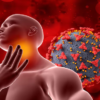
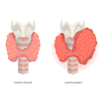

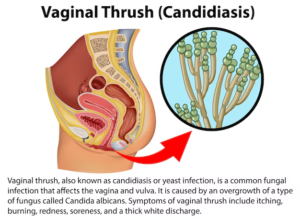
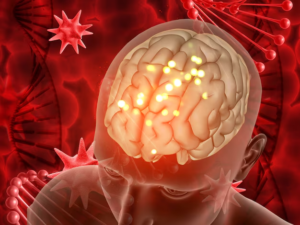
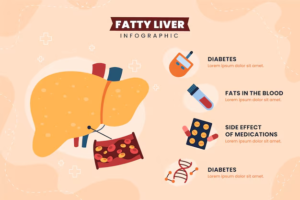
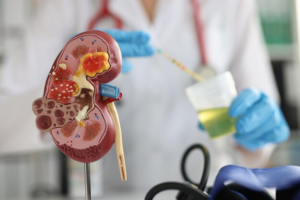
Leave a reply